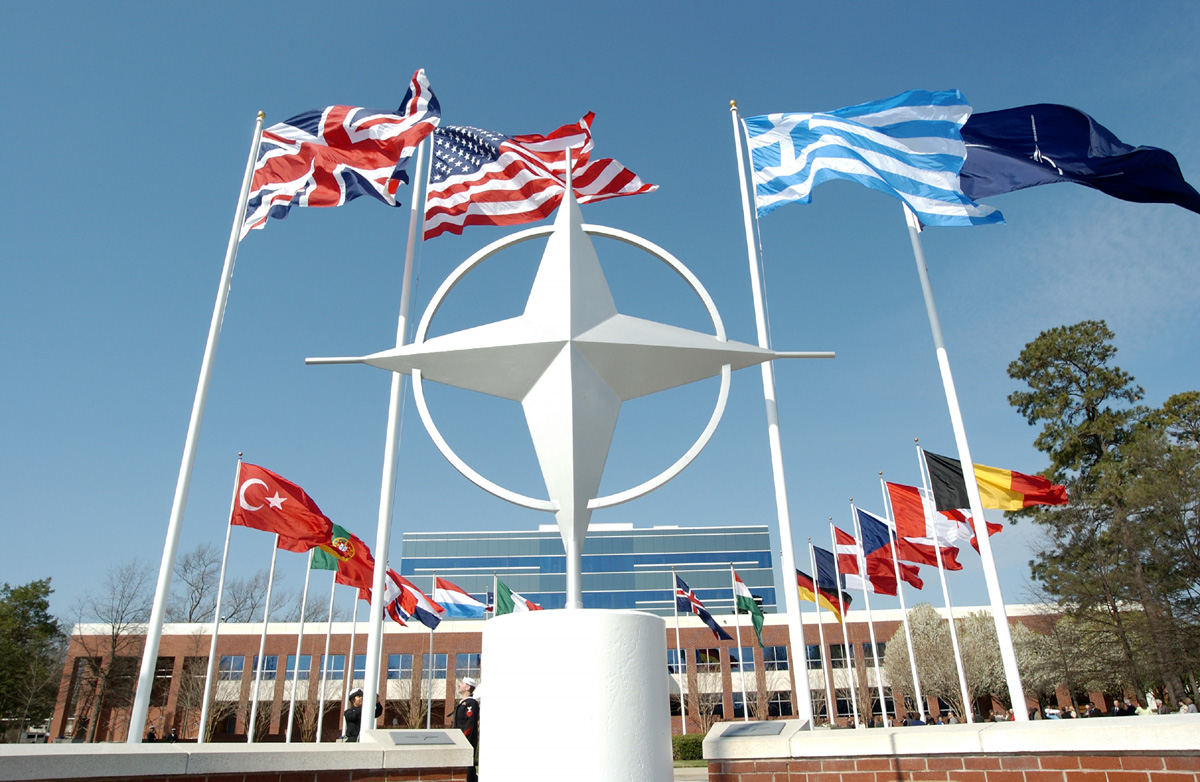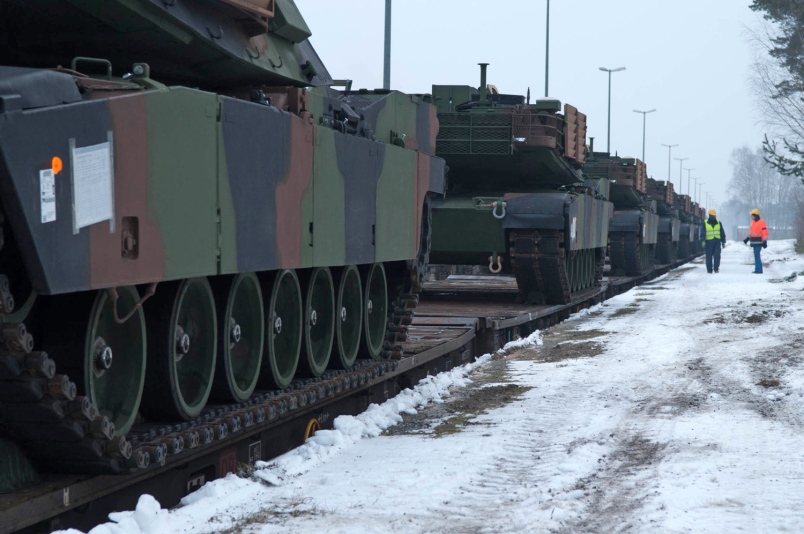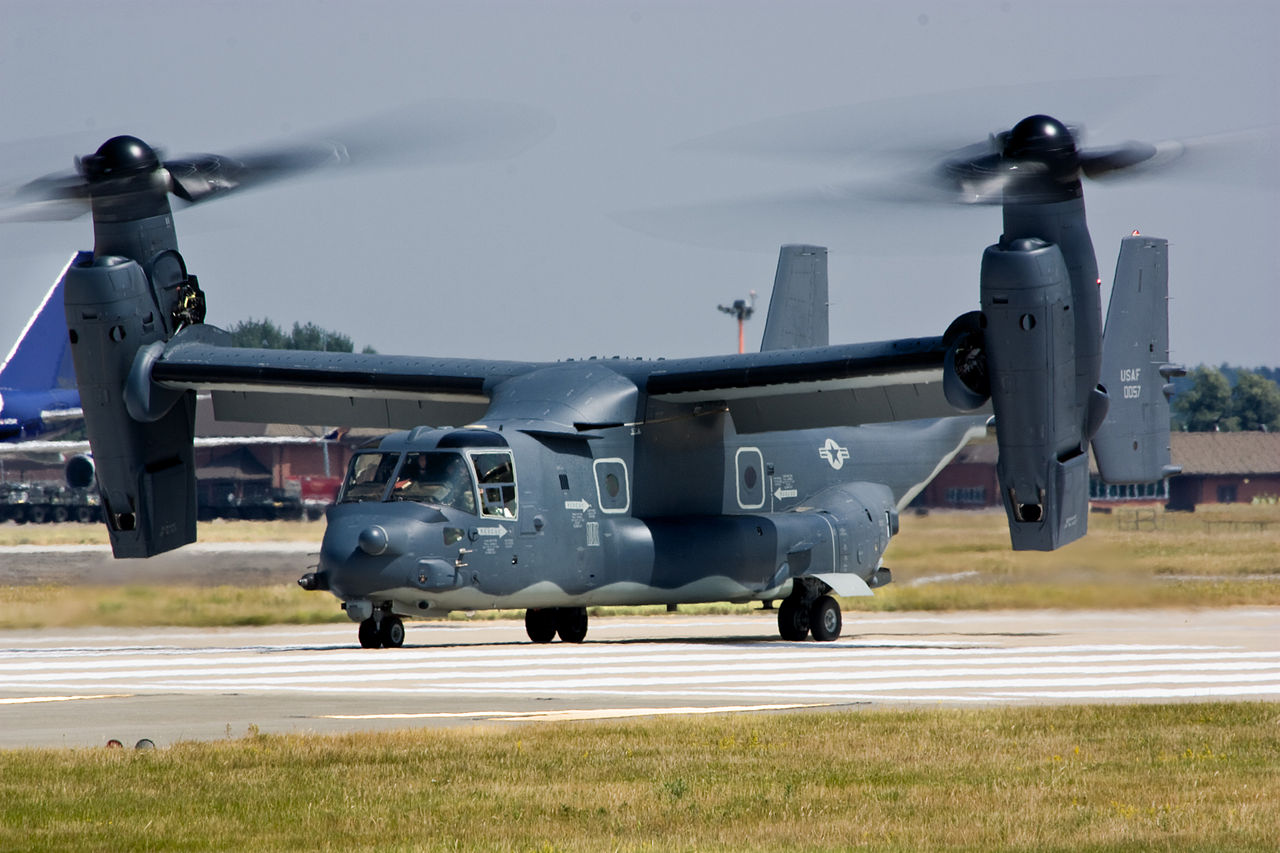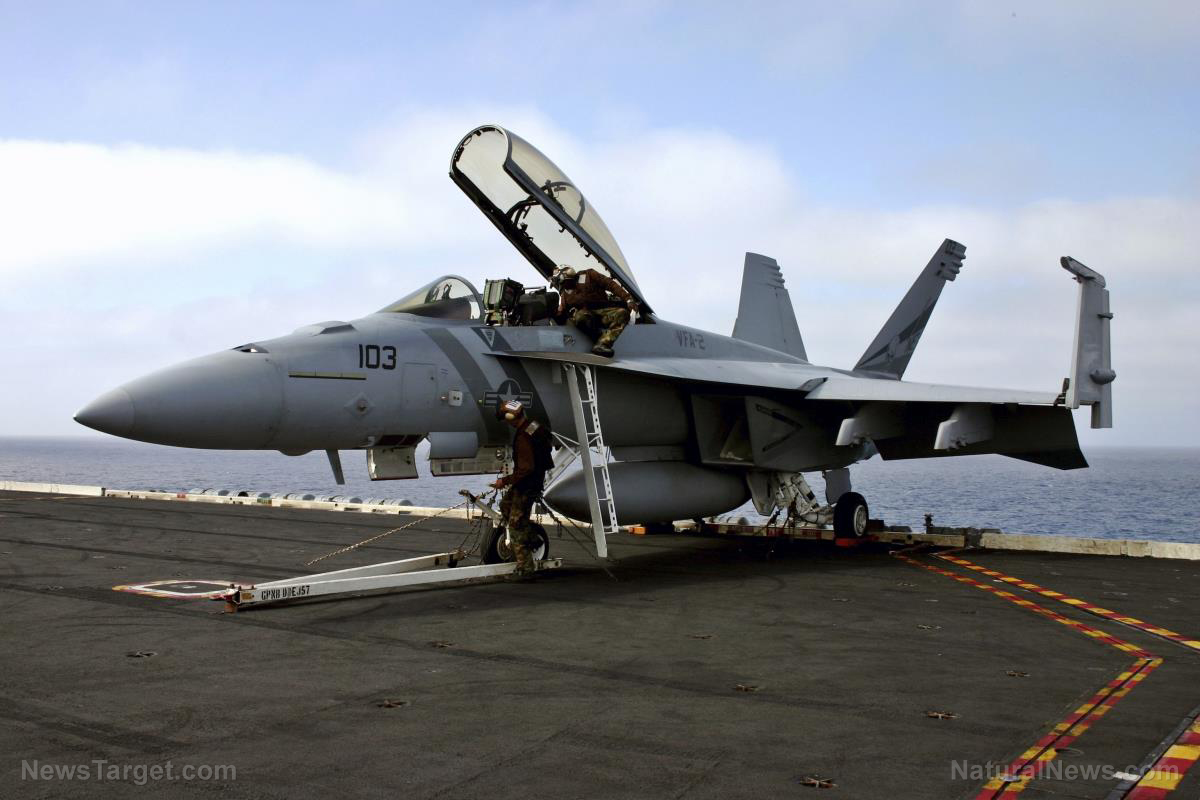China launches largest and most advanced aircraft carrier
06/22/2022 / By Kevin Hughes
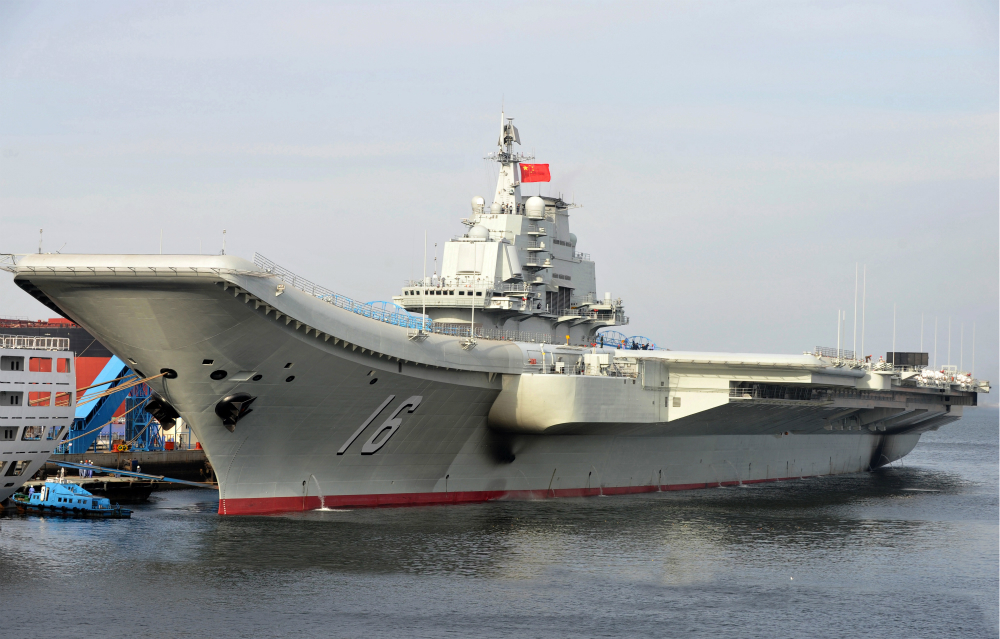
In a landmark military move, China launched on June 17 its largest and most advanced aircraft carrier.
This development came amid elevated tensions between China and the United States over Beijing’s show of force toward Taiwan, which the former sees as a breakaway province to be taken by force if necessary.
China’s carrier development program is part of a huge revamp of the People’s Liberation Army (PLA) under President Xi Jinping, who has promised to form a “fully modern” force to match the U.S. military by 2027.
According to state broadcaster CCTV, the new carrier called Fujian is the “first catapult aircraft carrier wholly designed and built by China.”
Files of sailors in white uniforms applauded under vivid clouds of smoke as jets of water arced over the enormous vessel to mark its launch. Huge banners that read, “Strive for the comprehensive construction of a first-class navy” hung with colorful streamers from its flight deck.
The launch of the aircraft carrier marked a major achievement for the Chinese military. (Related: As China’s navy gains in combat power, America’s Navy gains in “wokeness”— new regs put political correctness over competence.)
The official Xinhua news agency reported that the aircraft carrier has substantially more modern technology than China’s two other carriers. It includes electromagnetic catapults to launch aircraft off its deck.
The other aircraft carriers, called Liaoning and Shandong, employ a ski-jump-style ramp for takeoffs. And with a displacement of more than 80,000 tons, as stated by Xinhua, it is similar in size to the supercarriers of the U.S. Navy.
Fujian could be a “game changer” for the Chinese Navy, stated Collin Koh, a research fellow at Nanyang Technological University in Singapore.
“The conventional flight deck [with electromagnetic catapults] will, at least in theory, allow the carrier to launch aircraft faster and with heavier payloads – which constitute key deciding factors during battle. At a strategic level, the new carrier heralds the coming of age of a blue-water PLA Navy,” Koh told AFP in an interview.
Blue-water navies are able to operate around the globe at massive ranges.
However, it will take years before the Fujian becomes fully operational and authorities have not disclosed when it will enter service.
The Liaoning entered service in 2012 while the Shandong was commissioned in 2019.
The Shandong was the first aircraft carrier completely built by China.
According to defense magazine Janes, the U.S. has by far the most number of aircraft carriers in service at 11 ships, followed by China and the United Kingdom at two each.
Fujian uses conventional propulsion, which is different from the U.S. Navy’s nuclear-powered supercarriers. Nuclear-powered ships have important advantages over conventional vessels as they can perform for long periods without the need to dock and refuel.
The launch of the carrier arrives at a time of increasing geopolitical tensions as Washington looks to bolster military coalitions in the Asia-Pacific region.
Last year, the U.S. sealed a historic agreement with the United Kingdom to share nuclear submarine technology with Australia and has since made multiple arms sales to self-governing Taiwan, sparking furious responses from Beijing.
Beijing ready to start a war if Taiwan declares independence
In the past week, Chinese Defense Minister Wei Fenghe warned his U.S. counterpart that Beijing would “not hesitate to start a war, no matter the cost” if Taiwan declares independence.
According to state media, the PLA’s newest aircraft carrier is named after China’s Fujian province which is situated across from Taiwan.
The aircraft carrier, which is also known as the Type 003, left its drydock at a shipyard outside Shanghai and anchored at a nearby pier, according to state media reports.
A third aircraft carrier would place China in a group of just 16 nations globally with large naval military airports. Around the Pacific, India, Japan and the U.S. operate carriers or are developing them.
Meanwhile, China negotiated a security agreement with the Solomon Islands earlier this year, which surprised Washington and its allies and stirred up fears of a Chinese military base in the Pacific.
Beijing has positioned naval assets as a display of power in the strait that separates Taiwan from the Chinese mainland. It has also employed fighter jets to chase away freedom of navigation patrols by the U.S. and its allies.
Follow CommunistChina.news for more news about China.
Watch the video below about China’s first domestically designed and built aircraft carrier.
This video is from the SecureLife channel on Brighteon.com.
More related stories:
China pushes for expansion of its nuclear arsenal, braces for nuclear showdown with US military.
Sources include:
Submit a correction >>
Tagged Under:
aircraft carrier, big government, chaos, China, Fujian, Liaoning, military tech, national security, Pacific, People's Liberation Army, Shandong, Taiwan, United Kingdom, United States, weapons technology, World War III, Xi Jinping
This article may contain statements that reflect the opinion of the author
RECENT NEWS & ARTICLES
COPYRIGHT © 2018 MILITARYTECH.NEWS
All content posted on this site is protected under Free Speech. MilitaryTech.news is not responsible for content written by contributing authors. The information on this site is provided for educational and entertainment purposes only. It is not intended as a substitute for professional advice of any kind. MilitaryTech.news assumes no responsibility for the use or misuse of this material. All trademarks, registered trademarks and service marks mentioned on this site are the property of their respective owners.


